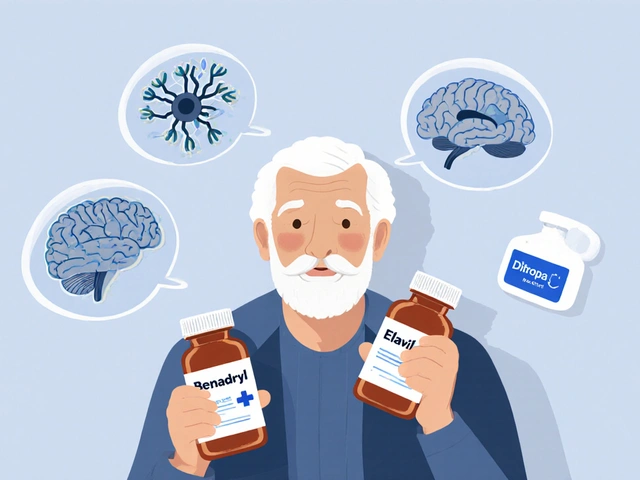Sleep Aid: Practical Choices, Risks, and Simple Tips
Can’t sleep? You’re not alone. This page breaks down common sleep aids you’ll see online or at the pharmacy, how to pick one, and how to use them without making things worse. I’ll keep it practical—no fluff—so you can try safer steps tonight and know when to get medical help.
Quick guide to common sleep aids
Melatonin: A hormone supplement that helps reset your sleep-wake clock. Low doses (0.3–3 mg) taken 30–60 minutes before bed often work best. Higher doses can cause next-day grogginess for some.
Antihistamines (diphenhydramine, doxylamine): Widely sold OTC as sleep aids. They can help short-term but cause dry mouth, blurry vision, and daytime drowsiness. Older adults should avoid them because they raise fall and confusion risk.
Prescription nonbenzodiazepine sedatives (zolpidem, eszopiclone, zaleplon): Effective for many types of insomnia. Watch for next-day sleepiness and rare complex behaviors (sleepwalking, sleep-driving). Women often need lower doses.
Older prescription options (benzodiazepines like temazepam) and antidepressants used for sleep (trazodone, mirtazapine) exist but carry higher risks of dependence, memory issues, or daytime sedation. Your doctor will weigh benefits vs risks.
How to use sleep aids safely
Start with sleep habits first: keep a regular bedtime, dim lights before bed, limit screens, avoid heavy meals and caffeine late in the day, and get daily exercise. These habits often cut down the need for medication.
If you add a sleep aid, use the lowest effective dose for the shortest time. Don’t mix sleep meds with alcohol, opioids, or other strong sedatives—combining them can dangerously slow breathing. Check interactions if you take antidepressants, blood thinners, or heart meds.
Watch for side effects: daytime dizziness, memory gaps, or weird sleep behaviors mean stop and call a provider. If you’re pregnant, breastfeeding, or over 65, ask a clinician before trying most sleep drugs.
If insomnia lasts more than a few weeks or affects your daytime function, consider cognitive behavioral therapy for insomnia (CBT-I). CBT-I teaches real skills to fix sleep problems long term and often outperforms meds for chronic insomnia.
Finally, keep a short sleep log: note bedtime, wake time, what you took, and next-day alertness. That record makes it easier to find the right option with your clinician and avoid trial-and-error that wastes time or causes harm.
Want help comparing a specific medication or checking interactions? You can bring a sleep log and a list of current meds to your doctor or pharmacist. They’ll help choose the safest option for your situation.

Doxylamine for Sleep: Does It Really Help You Recover from Sleep Deprivation?
Struggling with sleep debt and thinking about doxylamine? This article uncovers whether this common over-the-counter sleep aid actually helps you catch up on lost rest. We dig into how doxylamine works, what you need to watch out for, and whether it's a real solution for sleep deprivation. You'll get practical tips, straight-up facts, and a dose of New Zealand perspective on rest and recovery. Dive in for the truth about doxylamine and sleep.
View More




